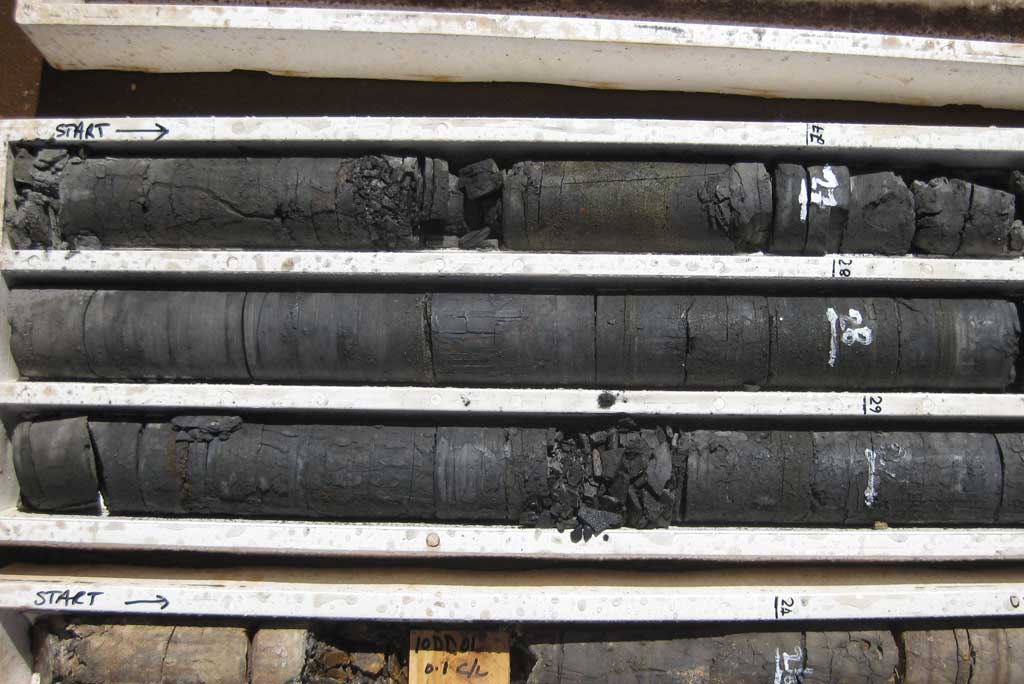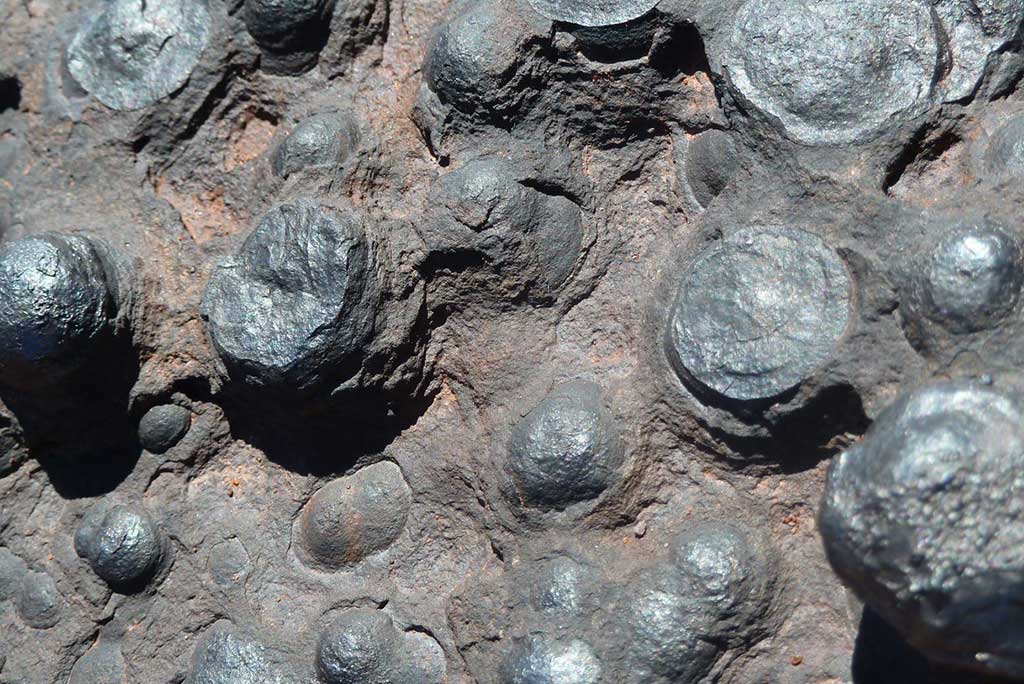Summary
Element 25’s (E25) Pilot studies for Intermittent Dynamic Electrowinning (IDE) Using Renewable Energy Project will examine the viability of using renewable energy to power E25’s Butcherbird metal production process in Western Australia.
One of the main products produced from Butcherbird is electrolytic manganese metal (EMM). Producing EMM requires an energy-intensive process called electrowinning, which involves passing a current through a solution to recover metals such as manganese. This process traditionally relies on grid-connected power sources that can provide a steady flow of generation. However, such sources are not readily available at the remote location of the Butcherbird project.
E25 will conduct pilot activities to determine the viability of using approximately 60 to 90 per cent renewable energy (such as wind and solar) to power the electrowinning process without reducing the quality of the product.
Key results
The Pilot Studies for Intermittent Dynamic Electrowinning using Renewable Energy aim to determine the applicability of the use of renewable energy within the production of Electrolytic Manganese Metal (EMM).
In the first phase of the project, optimal EMM electrolytic operating parameters were determined in a laboratory environment and the impacts of power supply fluctuations on the electrowinning process were analysed.
It was found that high grade (>99%Mn) EMM could be produced from the Butcherbird manganese ores, but often the EMM produced was not able to be easily removed from the cathodes following electrolysis.
12 months of solar radiance and wind data were collected from the Butcherbird Minesite as part of the second phase of the project.
The third phase of the project involved a full-scale evaluation of the production of EMM using the real-world power supply based on results of phase 2 data.
The studies showed that there are a number of pre-treatment options including both physical preparation of the cathodes as well as chemical treatments that assisted in the removal of the manganese from the cathodes.
Learn more
How the project works
Element 25 will deliver the Intermittent Dynamic Electrowinning Using Renewable Energy Project in three phases:
- Phase 1: Lab scale tests
The tests will use lab scale anode/cathodes to assess how EMM production responds to a variable energy supply. This will help determine the optimal parameters for EMM production and refine the scope of the full-scale test work (to be conducted in Phase 3). - Phase 2: Data collection at the Butcherbird site
Solar and wind data will be collected over a 12-month period to better understand the dynamics of renewable energy, and the relationships of wind and solar resources as relevant to the electrowinning process. - Phase 3: Full scale test work
This will determine how a full-scale electrowinning cell responds to the production of EMM using the solar and wind data collected at Butcherbird. This will determine the impact on the energy efficiency of manganese production, metal quality and other risks associated with intermittent dynamic electrowinning (IDE). The results will determine the optimal parameters and operating conditions to successfully integrate IDE into EMM production.
Area of innovation
There is no known use of the application of IDE for metal production in Australia or overseas. As grid connected power is not always feasible for projects located in remote areas of Australia, E25 are looking to push the dynamics of electrowinning to enable metals to be manufactured in locations inaccessible to cheap power sources.
The Australian mineral exploration industry currently explores for minerals across the globe, with ASX listed mining companies seeking to develop resources in areas with unstable grids such as Africa, South America, and Asia. Success in applying IDE for metals manufacturing will support Australian mining companies to establish operations in parts of the globe where electricity infrastructure is currently a barrier.
Benefit
Project benefits may expand to other Australian ore and metal producers in the form of affordable and reliable renewable energy, and may also include a reduction in operating costs by offsetting higher energy costs such as gas and reducing carbon emissions to produce “Green Manganese”. The success of this project will also allow for potential infrastructure synergies due to its proximity to the iron ore hub of Western Australia.
The success of IDE could also allow Australia to expand its ability to export renewable energy embodied in processed raw materials, by harnessing wind and solar resources. Australia has abundant renewable energy resources in mining areas, which provide opportunities to produce value-added downstream metals via electrowinning.
IDE may also be transferred to other ores and industries located in remote locations, enabling flow on benefits to other Australian industries.
Additional impacts
Knowledge Sharing
Australia is a world leader in mining and can benefit from knowledge sharing through skills and capabilities from the Project being transferred to the wider minerals industry and other Australian ores.
The technology can potentially be applied to Australia’s abundant mines and mineral resources such as nickel, lead and zinc to produce refined metals. Knowledge sharing to the mining industry will allow Australia to become an ore and concentrate producer, and an exporter of low-cost, low carbon footprint, refined metals.
Economic Benefits to Australia
Australia currently exports a larger proportion of ores and concentrates compared to refined products due to high costs of production. The success of IDE will decrease energy costs enabling Australia to be more globally competitive in metals production and will reduce the movement of processing of ores and concentrates overseas.
The export of higher value-add refined metal products compared to ores and concentrates could have terms of trade benefits with potential multiplier effects on the Australian economy and growth in Gross Domestic Product (GDP).








